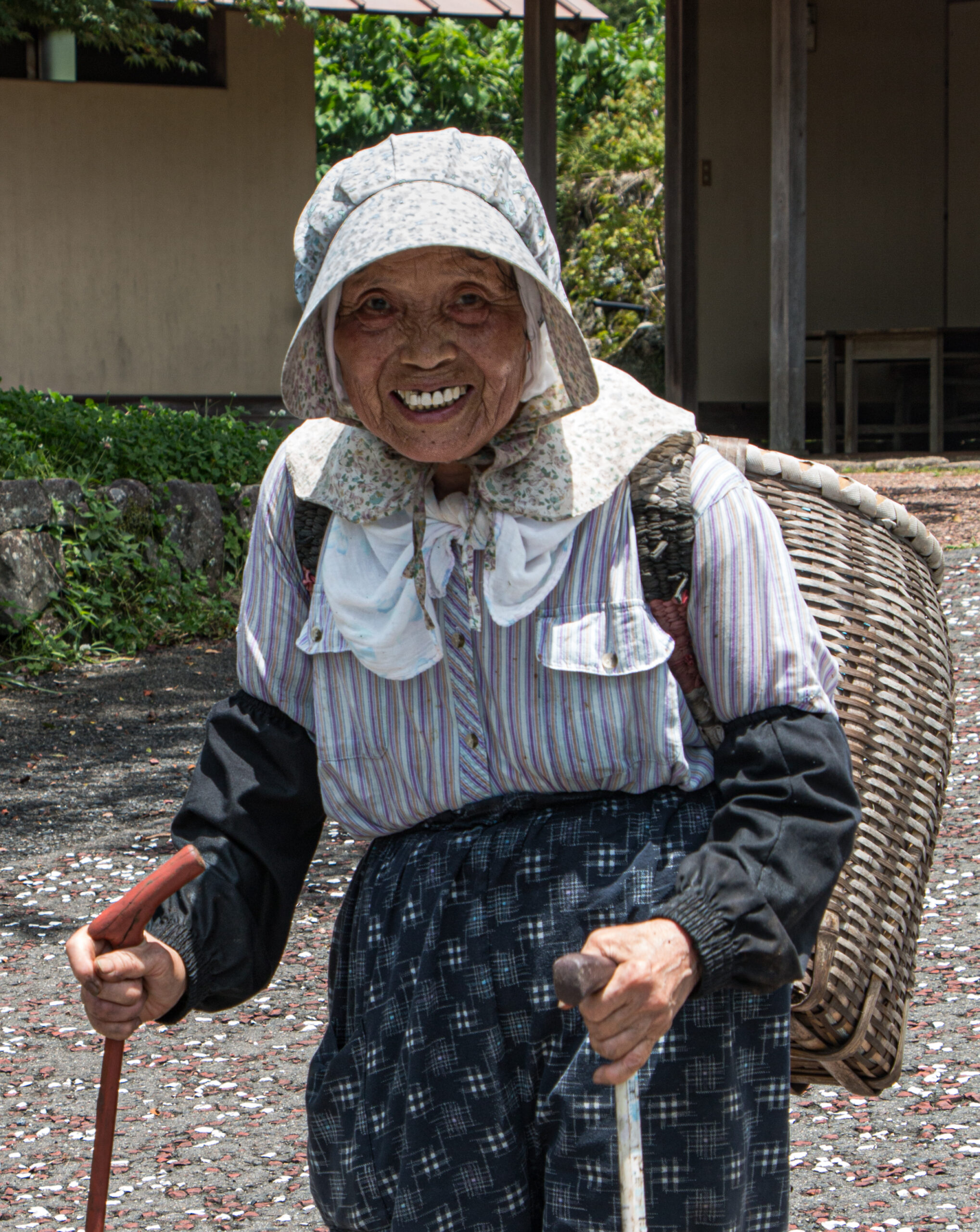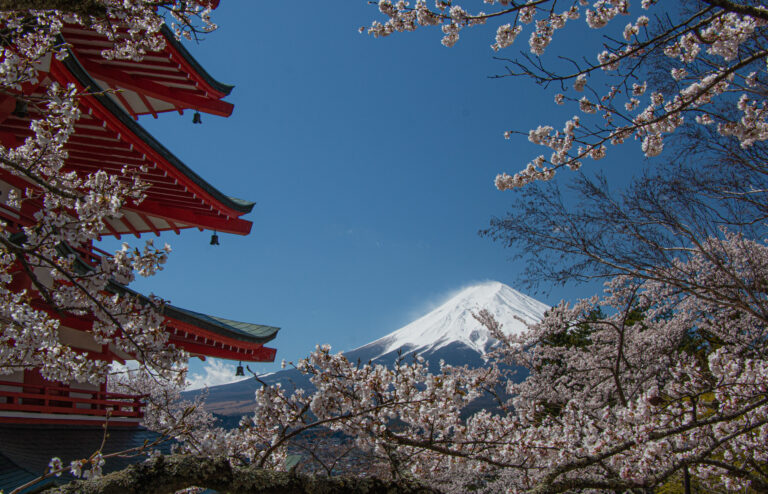The Nakasendo Trail
The Shogunates were hereditary military dictators that ruled Japan from the 12th century to 1867. The Edo Period (1603-1867) was the third and last Shogunate (See the Encyclopaedia Britannica for more information). The Nakasendo trail is a 534-kilometre route established during the Edo Period connecting Kyoto to Edo (Tokyo). Sixty-nine post towns emerged on the route providing opportunity for rest, refreshment, trade, and the payment of tax. It was one of five national routes.
The Nakasendo Trail from Magome to Tsumago
The section of the Nakasendo Trail from Magome to Tsumago is a popular and easy day’s walk. Wandering through the spectacular countryside and occasionally meeting friendly locals on the way are all part of the highlights. If you are not staying for long in the area, at least allow time to explore both Magome and Tsumago. They are a charming part of Japan locked in time.






Tsumago
Tsumago is one of the best preserved Shogunate town’s in Japan. There are several ryokans (traditional inn) and minshukus (traditional guesthouses) in Tsumago. They get booked up well in advance for the Wachino Festival (23rd and 24th of July).
On each day of the festival, young men from the town carry a portable shrine through the streets; the day closes with Shinto rituals held by the priests. Large crowds gather to watch the events and join the festivities.





Narai

Roughly halfway along the Nakasendo Trail, Narai is a small village that follows the river of the same name for about a kilometre. It is beautifully preserved. Evening tranquility settles in after the last of the day-trippers head off.







